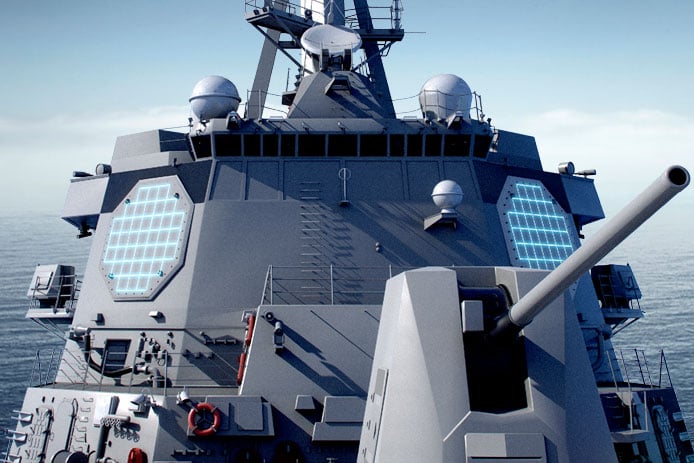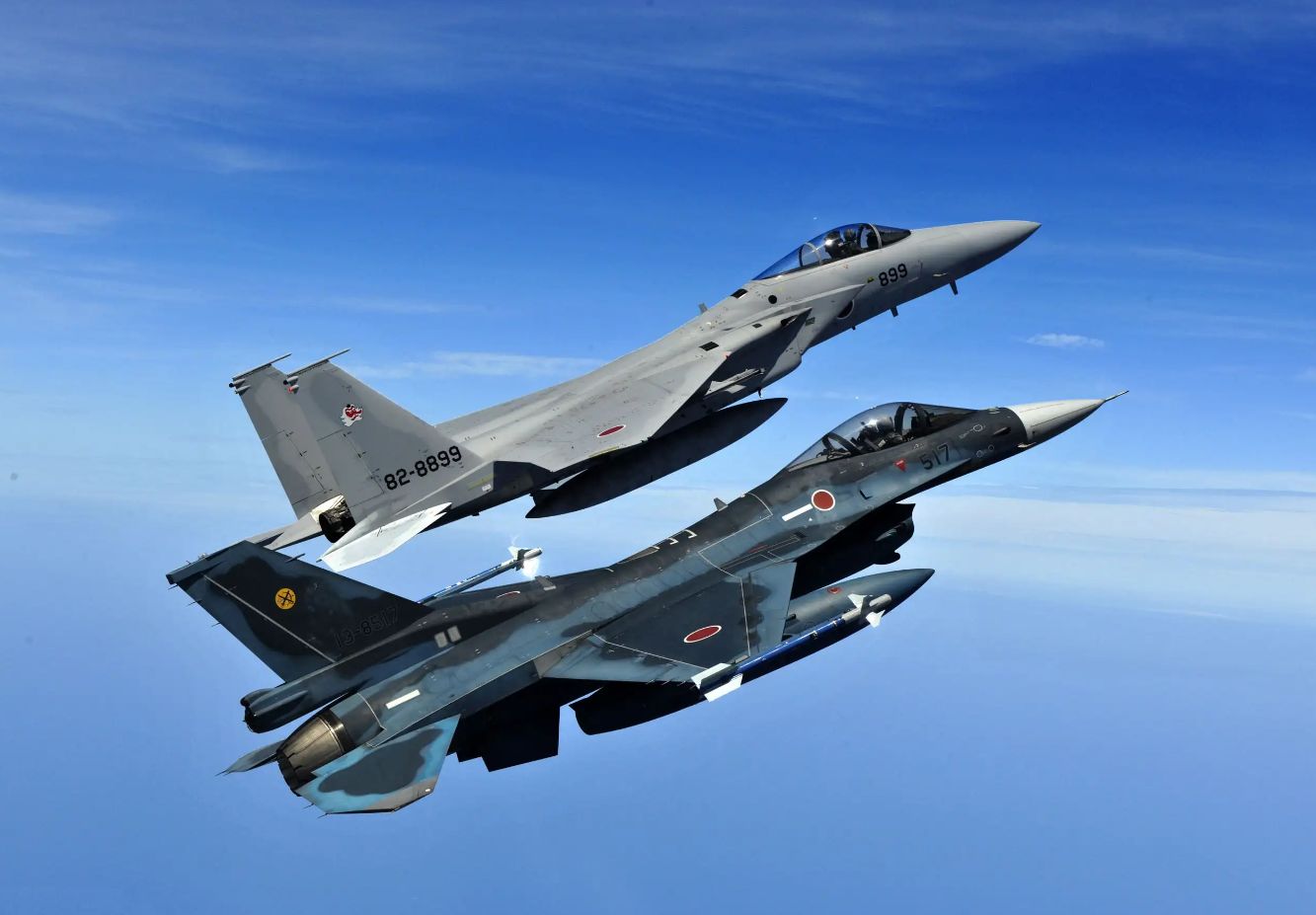Having previously engaged in exporting Patriot 2 air defense system and F-15 fighter jet components to the US, Japan is now reportedly poised to emerge as a critical provider of radar systems for the US Navy.
In line with the Pentagon’s strategy of collaborating with allies to leverage collective strength in the defense sector, the US contractor RTX is reportedly nearing the completion of an agreement to acquire a crucial component from Japan’s Mitsubishi Electric for an advanced missile defense radar system.
This potential deal is poised to represent a significant milestone in the partnership between Washington and Tokyo. This flows from their commitment to enhance defense-industrial cooperation in response to China’s escalating challenges.
The report suggests that RTX is set to acquire power supply equipment from Mitsubishi Electric for the SPY-6 air defense radar developed explicitly for the US Navy.
The anticipated agreement between Mitsubishi and the US defense entity is likely to encompass an investment of several hundred million dollars.

The AN/SPY-6 Air and Missile Defense Radar (AMDR) represents the Navy’s next-generation advanced radar system designed to tackle the capability deficiencies in Ballistic Missile Defense (BMD) and Air Defense (AD).
This radar system can concurrently defend against ballistic and cruise missiles, aircraft, and surface warships with superior precision and an extended operational range compared to traditional designs.
The sensitivity of the SPY-6 surpasses that of the radars currently in use on the Arleigh Burke Destroyers by 30 times and can manage more than 30 times the number of targets that the SPY-1 can handle.
The USS Jack H. Lucas, an Arleigh Burke-class guided-missile destroyer commissioned on October 7 in Florida, is the first vessel equipped with the SPY-6 radar.
This radar will evolve into the Navy’s central air defense radar in the coming decades. It is expected to be integrated into both aircraft carriers and frigates.
Raytheon Technologies, now known as RTX, was given a significant contract by the US Navy in March 2022 worth up to US$3.2 billion. This deal seeks to supply radars for up to 31 ships over the following five years.
USA’s Limited Reliance On Japanese Manufacturers
The choice of a Japanese defense company as a principal provider of advanced military equipment by US defense firms is a rare phenomenon, drawing considerable attention within the industry.
Equally of note is the sequence of events where a Japanese defense contractor delivers equipment to the US military before extending the same provisions to the Japanese Self-Defense Forces.
However, in the past, US defense contractors have sourced parts for the Patriot 2 air defense system and F-15 fighter jet engines from Japanese manufacturers operating under licensing agreements to supply the Self-Defense Forces.
The Patriot defense system was licensed and manufactured in Japan, with the Mitsubishi Heavy Industries (MHI) Group serving as the primary contractor.
Tokyo began producing components for Japan’s Patriot Advanced Capability-3 missiles at the Taketoyo facility, situated south of Nagoya, during the late 2000s under the licensed production program.
Initially, the Japanese government requested full access for Japanese firms to all software needed for co-producing the Patriot missile, encompassing guidance and target identification components.
However, the USA’s Department of Defense held back numerous sensitive materials due to concerns about the potential risk of leaks to adversary nations.
Apart from the Patriot air defense system, the US manufacturer relied on Japanese manufacturers to import components for F-15 fighter jet engines, supplied initially to the Self-Defense Forces under licensing agreements.

The F-15J, a derivative of the F-15, was manufactured in Japan under a licensing agreement by MHI Group. This production involved significant collaboration and technology exchange between the United States and Japan within the aerospace industry.
Yet, this dependence on Japanese contractors only arose when US production ceased or there were domestic supply shortages.
The Japanese government has been actively promoting expanding the domestic defense industry overseas. In June, a bill was passed that allocated new funding to facilitate Japanese companies in adapting their equipment for export purposes.
Expressing concern, the Japanese Defense Ministry highlighted the potential repercussions of companies withdrawing from the defense sector, which could result in a decline in the nation’s domestic manufacturing capabilities, as outlined in its annual white paper.
Over the last two decades, it’s been reported that more than 100 companies have departed from the defense business, raising alarms about the industry’s weakening landscape in Japan.
- Contact the author at ashishmichel(at)gmail.com
- Follow EurAsian Times on Google News




